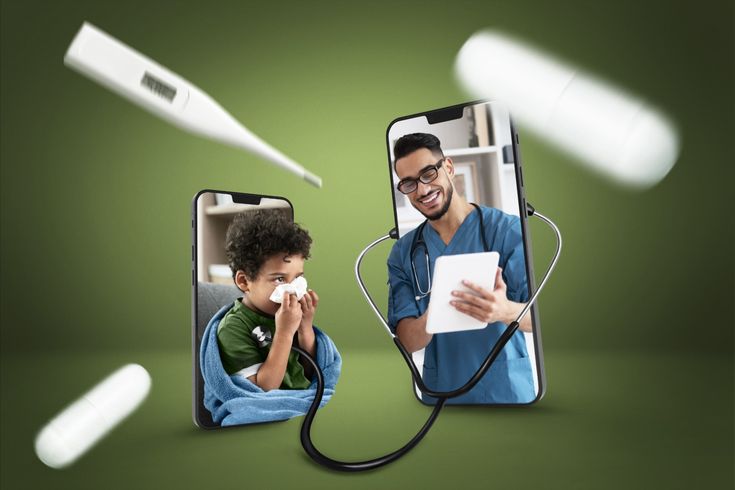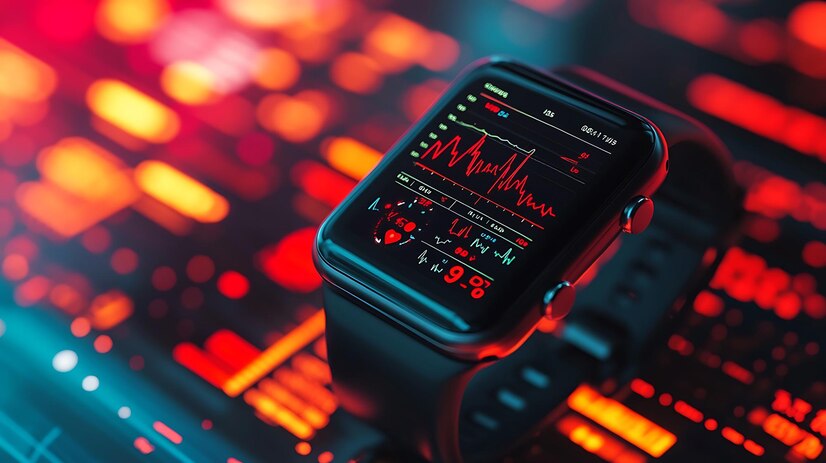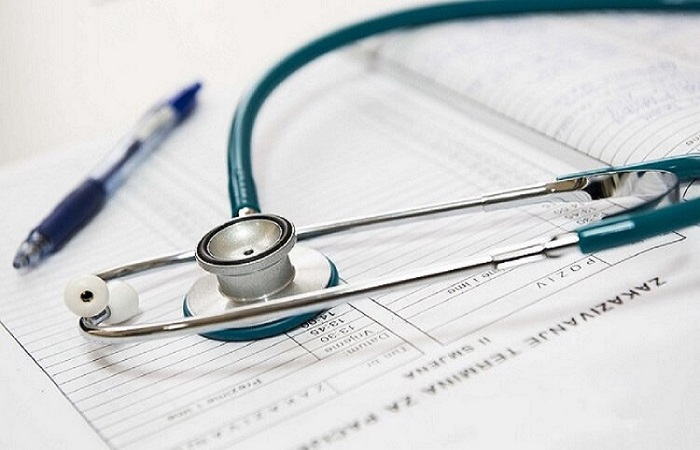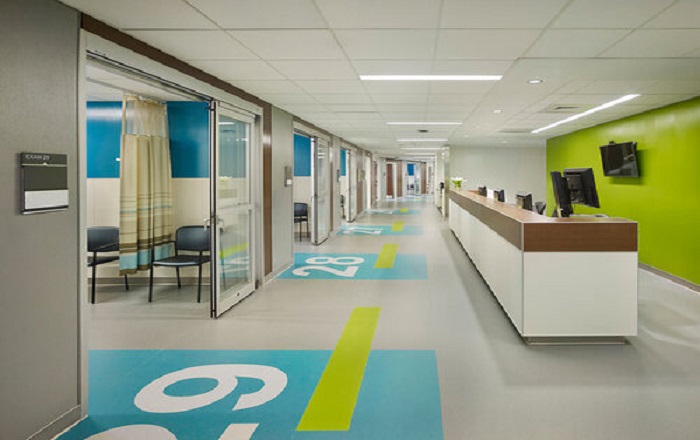Wearable devices, once considered gadgets for fitness enthusiasts, have evolved into indispensable tools that revolutionize patient care. The role of wearable devices extends to their potential to enhance patient outcomes, improve the quality of healthcare, and transform the way health conditions are managed.
Wearables are simply health monitoring devices worn on the body. They track changes in a wide range of physiological parameters such as heart rate, glucose levels, blood pressure, etc. and enable round the clock patient monitoring that does not require the presence of a physician.
These devices are designed to monitor various aspects of health and lifestyle. Wearables are embedded with built-in biosensors that keep track of bodily movements, and other physiological parameters depending on their design.

In this article, we will explore the role of wearable devices in improving patient care across various aspects of healthcare.
1. Remote Monitoring and Chronic Disease Management:
One of the most important advantages of wearable devices in patient care is their ability to provide continuous remote monitoring. Real time provision of health data helps healthcare providers and even patients, are able to monitor changes in some health parameters.
Patients with chronic conditions, such as diabetes, hypertension, or heart disease, benefit from wearables that track vital signs, blood glucose levels, or medication adherence. Healthcare providers can remotely access this data, allowing for real-time adjustments to treatment plans and early intervention if necessary. This not only improves the quality of care but also reduces the need for frequent in-person appointments, making healthcare more convenient and accessible.

2. Personalised Healthcare Insights:
Wearables gather data about an individual’s health and activities over time. This data can be analysed to provide unique personalised insights that can be utilised by healthcare providers to offer tailored medical advice. Thus leading to improvements in patients lifestyle, disease management and prevention, and overall well being.
3. Enhanced Patient Engagement and Medical Adherence:
Wearable devices can serve as a constant source of motivation and engagement for patients. Gamification features, personalised health goals, and activity tracking functionalities encourage patients to actively participate in their care. For instance, a patient with a wearable device that tracks their physical activity may be more motivated to meet their daily step goals or engage in prescribed exercises. Some wearables are also designed to improve an individual’s adherence to medication. This increased engagement can lead to better adherence to treatment plans and healthier lifestyles.

4. Telemedicine and Remote Consultations:
Telemedicine has seen tremendous growth, and wearable devices play a pivotal role in this shift. Patients can transmit health data directly from their wearables to healthcare professionals during virtual consultations. This not only streamlines the diagnostic process but also allows for more accurate assessments, as doctors can access real-time data on patients’ conditions. Wearables, therefore, help bridge the gap between in-person and virtual care, improving the overall patient experience and extending healthcare access to remote or underserved areas.

5. Early Detection and Prevention:
Wearable devices are becoming increasingly sophisticated in detecting early warning signs of health issues. For instance, some wearables are equipped with ECG monitors capable of identifying irregular heart rhythms, which can be indicative of atrial fibrillation. Identifying such conditions early on enables timely intervention, reducing the risk of complications and hospitalisation. This proactive approach to healthcare is especially valuable for older adults and individuals with a family history of specific health conditions.

6. Post Surgical Recovery Monitoring:
Continuously tracking vital signs, mobility and other relevant details will help healthcare providers ensure that recovery processes are going as expected. It also allows for early detection of deviation and early response. Thereby preventing further complications.
7. Data-Driven Healthcare:
The data generated by wearable devices offers valuable insights into a patient’s health trends and patterns. This information can be used for data-driven decision-making in patient care. Healthcare providers can identify potential issues, assess the effectiveness of treatments, and tailor care plans to individual needs. Moreover, aggregated data from a large number of patients can inform healthcare research and public health initiatives, helping to create more effective and efficient healthcare systems.

Wearable devices have ushered in a new era of patient care, offering remote monitoring, improved patient engagement, and enhanced diagnostic capabilities. They empower patients to actively manage their health and provide healthcare professionals with valuable data to make informed decisions. As technology continues to advance, we can anticipate even more innovative uses for wearables in patient care, further improving health outcomes and transforming the way we approach healthcare delivery. In an era where personalised medicine and telehealth are on the rise, wearables are not just changing the healthcare landscape; they are redefining the patient experience.



